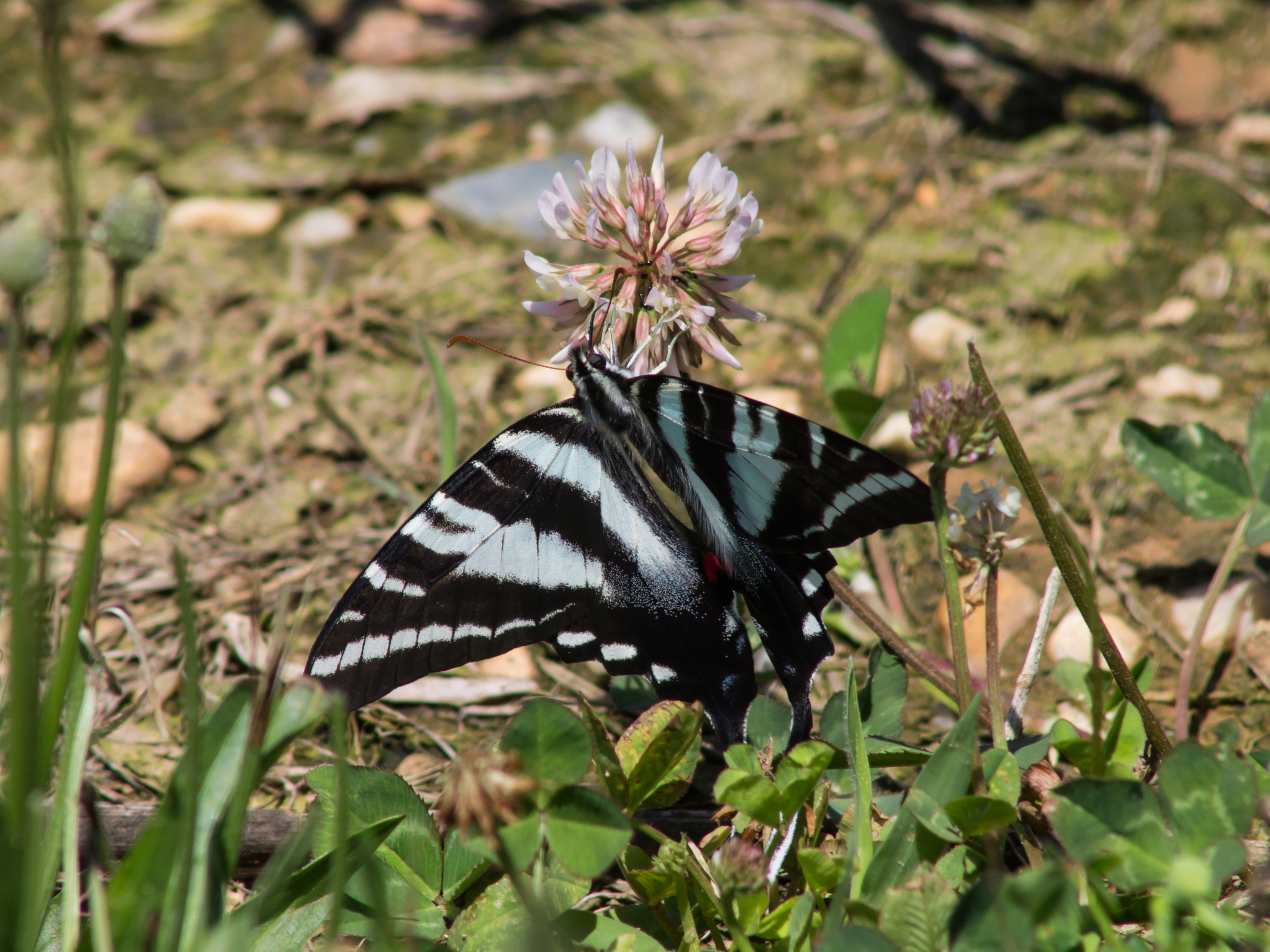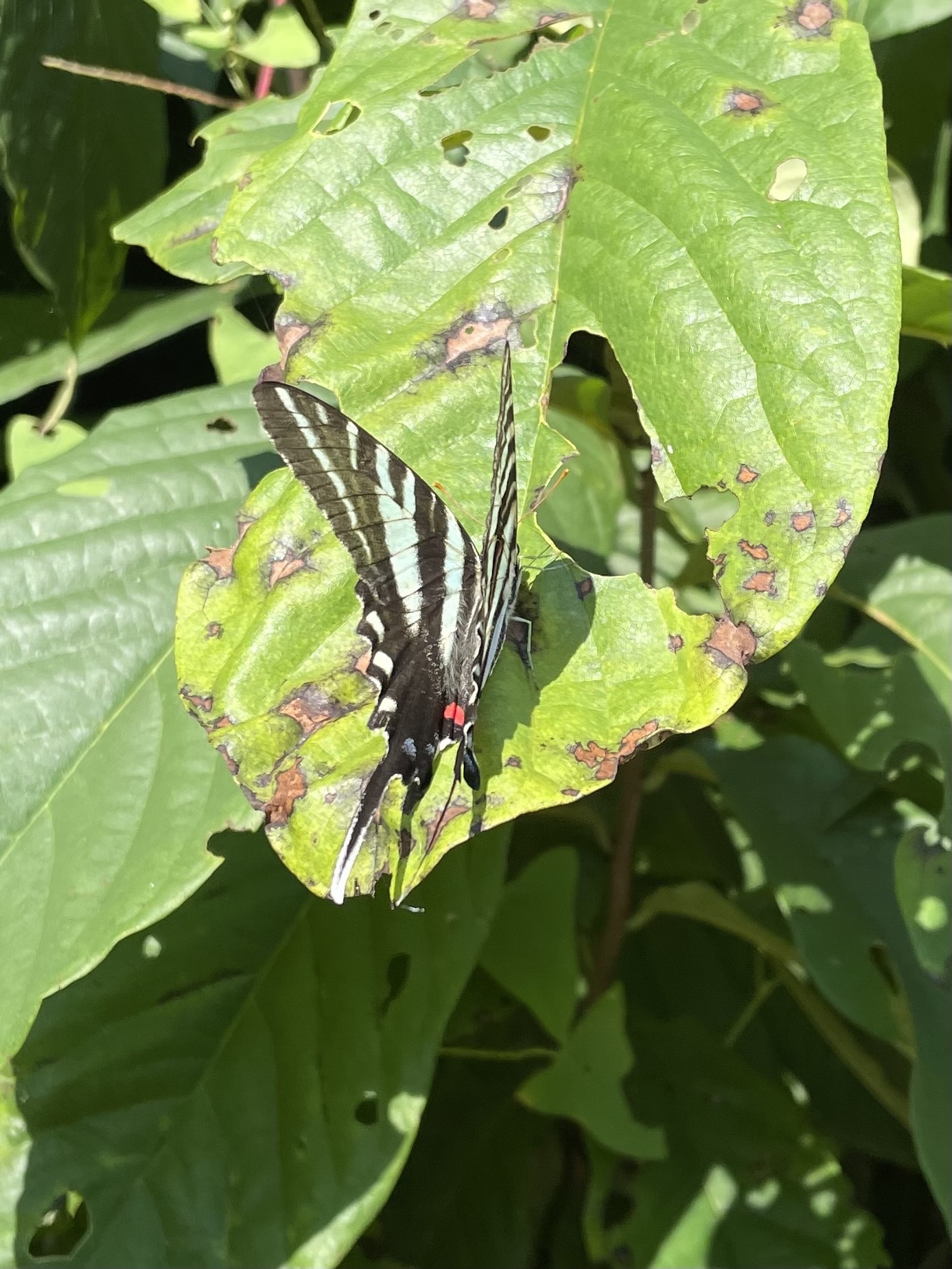
However, some butterfly species have evolved other means of secondary defence such as deimatic displays/startle displays. In butterflies, as in most animals, secondary defence generally consists of escape flights. Behavioural attributes in prey employed after discovery, however, signify the importance of also having an effective secondary defence if a predator uncovers, or is immune to, the prey's primary defence. We also discuss under what conditions predator-prey systems are likely to aid the evolution of deimatic behaviours in harmless and palatable prey.ĭirectory of Open Access Journals (Sweden)įull Text Available Many animals reduce the risk of being attacked by a predator through crypsis, masquerade or, alternatively, by advertising unprofitability by means of aposematic signalling. We conclude that the swallowtail's startle display of conspicuous coloration and jerky movements is an efficient secondary defence against small passerines.

We also performed a palatability test of the butterflies and results show that the great tits seemed to find them palatable. When the live butterfly was approached by a bird this generally elicited the butterfly's startle display, which usually caused the approaching bird to flee. Results showed that the dead butterfly was virtually always attacked before the live butterfly, and that it took four times longer before a bird attacked the live butterfly. In this study we staged encounters between a passerine predator, the great tit, Parus major, and live and dead swallowtail butterflies in a two-choice experiment. This display appears directed towards predators but whether it is effective in intimidating predators so that they refrain from attacks has never been tested experimentally. The European swallowtail, Papilio machaon, employs what appears to be a startle display by exposing its brightly coloured dorsal wing surface upon disturbance and, if the disturbance continues, by intermittently protracting and relaxing its wing muscles generating a jerky motion of the wings. Many animals reduce the risk of being attacked by a predator through crypsis, masquerade or, alternatively, by advertising unprofitability by means of aposematic signalling. Olofsson, Martin Eriksson, Stephan Jakobsson, Sven Wiklund, Christer International Nuclear Information System (INIS)ĭeimatic display in the European swallowtail butterfly as a secondary defence against attacks from great tits. Unlike a veinless wing, a mimic wing with veins generated a much higher lift coefficient during the flapping flight than in a steady flow due to the large body motion. Without feedback control of the wing motion, the body movement is directly affected by change of aerodynamic force due to the wing deformation the degree of deformation was determined by the wing venation. During the flights, the artificial butterfly's body moved up and down passively in synchronization with the flapping, and the artificial butterfly followed an undulating flight trajectory like an actual swallowtail butterfly. The results demonstrated that stable forward flight could be realized without active feathering or feedback control of the wing motion. To verify this hypothesis, we fabricated an artificial butterfly mimicking the wing motion and wing shape of a swallowtail butterfly and analyzed its flights using images taken with a high-speed video camera.

Hence, it can be hypothesized that the flight of swallowtail butterflies is realized with simple flapping, requiring little feedback control of the feathering angle. Unlike other flying insects, the wing motion of swallowtail butterflies is basically limited to flapping because their fore wings partly overlap their hind wings, structurally restricting the feathering needed for active control of aerodynamic force. Tanaka, Hiroto [School of Engineering and Applied Sciences, Harvard University, 60 Oxford Street, Cambridge, MA 02138 (United States) Shimoyama, Isao, E-mail: [Department of Mechano-Informatics, Graduate School of Information Science and Technology, University of Tokyo, 7-3-1 Hongo, Bunkyo-ku, Tokyo, 113-8656 (Japan)

Forward flight of swallowtail butterfly with simple flapping motionĮnergy Technology Data Exchange (ETDEWEB)


 0 kommentar(er)
0 kommentar(er)
